Although Microsoft is promoting Windows 11 as the future of computing, when you upgrade to it, you may expect performance improvements and new features that will make your experience better. But sometimes, the upgrade may not be as expected. I encountered challenges with Windows 11 that led me to decide to move away from it. I recently switched back to Windows 10 on my main computer and was pleasantly surprised. It's not just about resisting change; From stable performance to compatibility with the apps I use on a daily basis, here's why going back to an older OS might actually be worth it. Check out our Windows 10 vs. Windows 11 comparison: All the major changes you can notice.
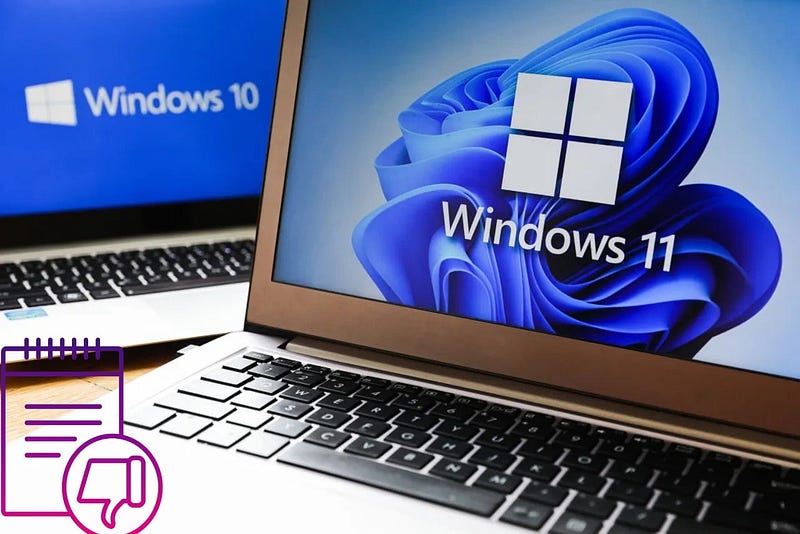
1. Windows 11 felt a lot slower
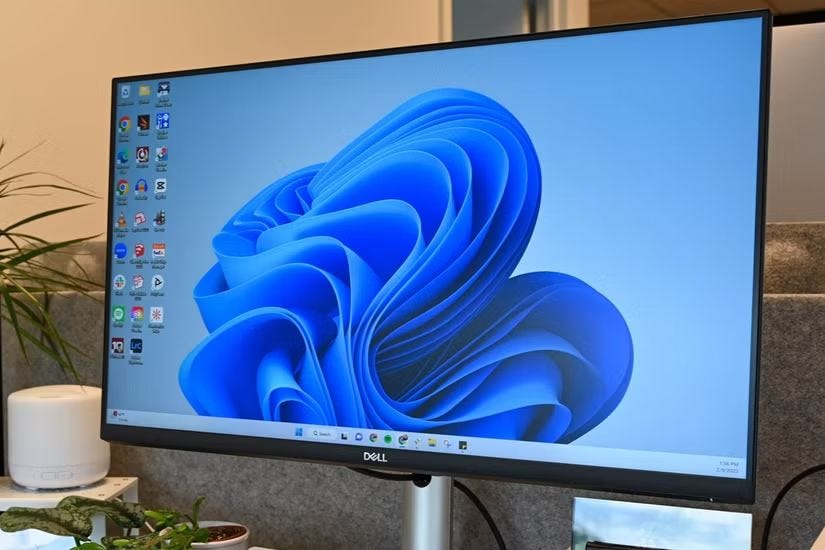
Although I didn't notice a huge difference in performance in sustained workloads or when using apps, Windows 10 was noticeably faster overall. On Windows 11, basic actions like opening an app or bringing up the context menu took a little longer, and over time, that slight delay became really frustrating.
Although the File Explorer was still perfectly usable on Windows 11, it felt like a significant performance cutback, especially since I was coming from Windows 10 on the same machine. Even with the SSD, navigating through folders took longer, which added to my annoyance.
Another frustration was the slower animation speeds. These changes weren't slow, but they felt slower — like switching desktops, which was much faster in Windows 10.
2. The context menu is too complicated
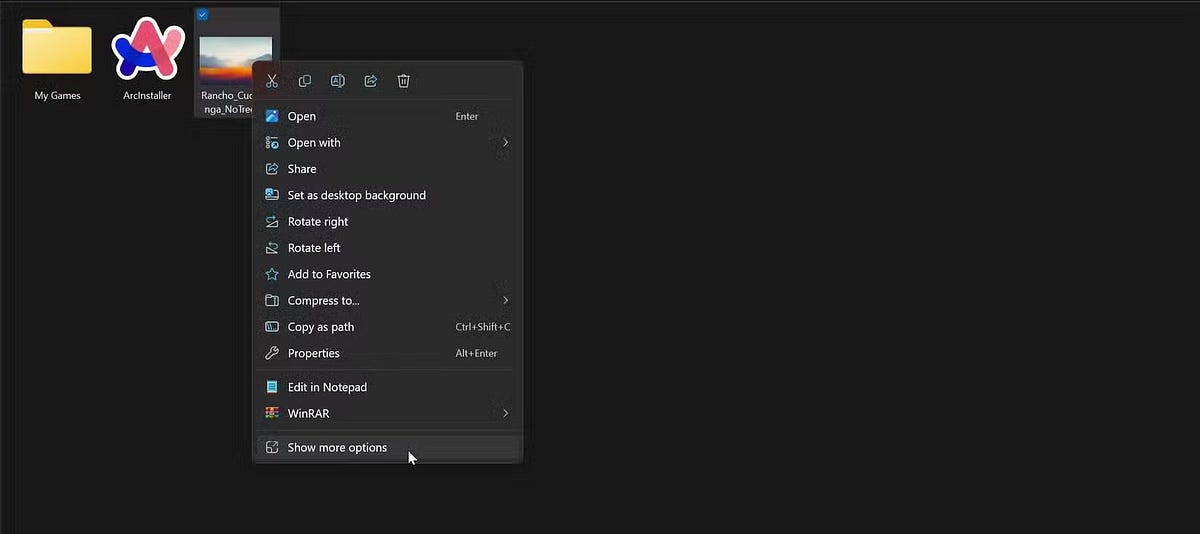
Windows 11 has prioritized form over function, resulting in a very limited context menu that only shows a few options when you first right-click. Even basic actions like cut, copy, paste, and rename have been replaced with obscure icons instead of simple text, which took some time to adjust to.
Because the options are very limited, you have to click Show more options at the bottom to access all available actions, which seems like an unnecessary extra step just for aesthetics. This added layer can be frustrating, especially when you're accustomed to Windows 10's clearer, more functional context menu.
3. Taskbar and Start menu with minimal functionality
One thing I couldn't understand was why the taskbar prioritized aesthetics over functionality, just like the context menu. For example, you can no longer move the taskbar anywhere on the screen, as the only option now is to keep it at the bottom.

Another issue that really bothered me was how Wi-Fi, audio, and other related settings are combined into a single button. Instead of showing the relevant menu when you click an icon, it simply opens the Action Center, and everything now requires an extra click, which seems completely unnecessary.
This makes me wonder why a UI designed for touch devices would be forced onto a desktop-focused OS.
The Start menu also suffers from similar problems. Instead of displaying all my apps in a straightforward list or displaying something useful, there's an entire section dedicated to recommended apps and files. However, it didn't show me anything I wanted to access quickly.
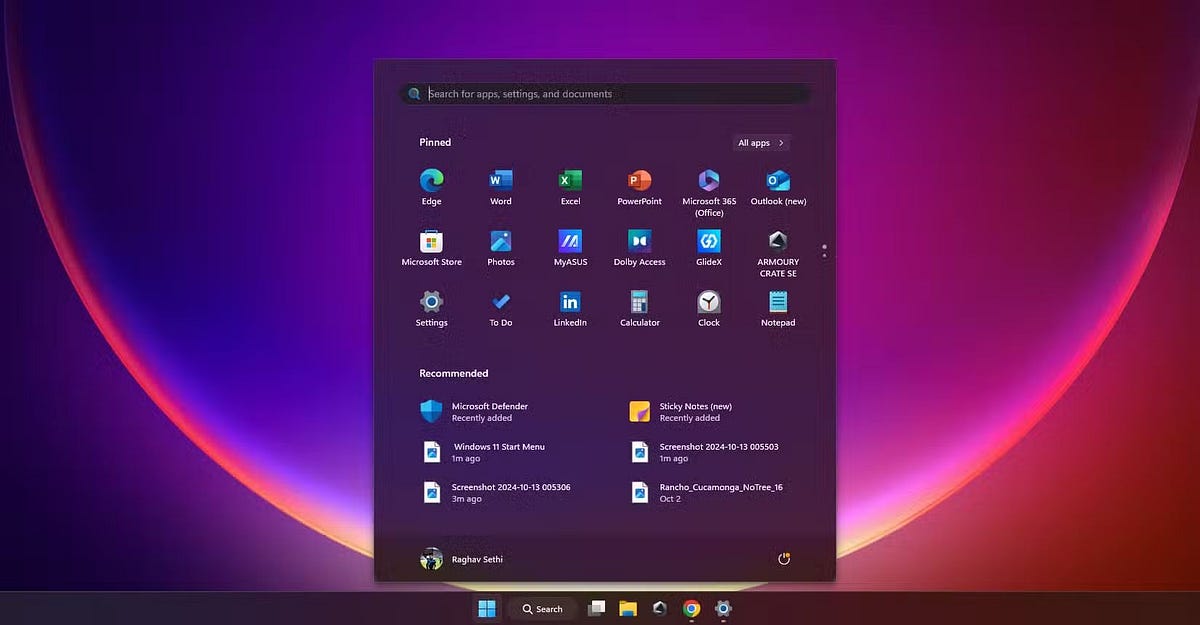
It would have been more useful if I could use this space to install additional files or apps of my choice, but unfortunately, that's not an option. This wasted space feels like an opportunity for further customization. Check out some annoying inconsistencies in Windows 11 design.
4. Windows 11 is more intrusive
Windows 11 also forces you to connect to the Internet during the initial setup and requires you to create a Microsoft account to continue. While there are ways to get around these limitations, they seem like workarounds, and there's always a risk that Microsoft will fix them in the future.
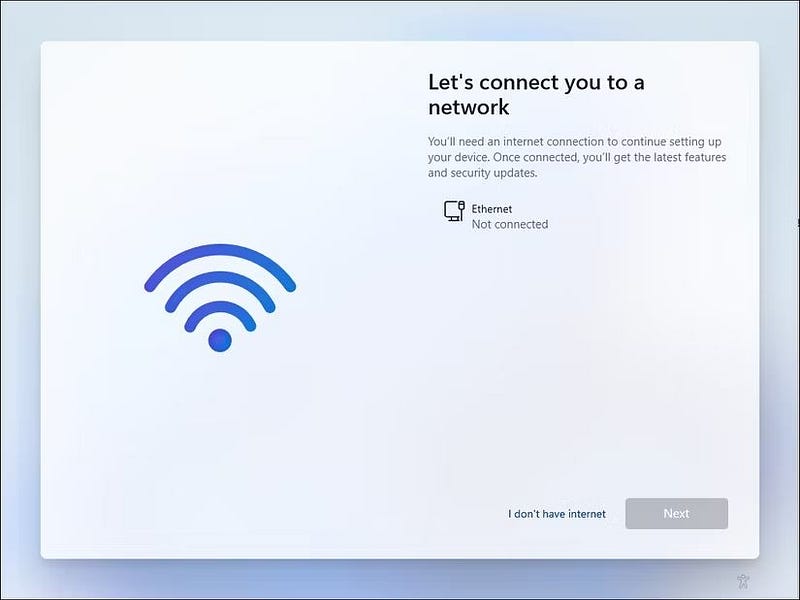
Microsoft also continues to push ads for Edge and other first-party apps and services throughout the system, which sometimes look like malware. Changing default applications is also more difficult. Instead of letting you set a default app for an entire category, like your web browser, Windows 11 makes you manually change the default for each individual file extension. This adds to the growing trend of needing unnecessary clicks for even the simplest tasks.
While there are many advantages that Windows 11 offers over Windows 10, I found solace in returning to Windows 10 for the time being. Obviously, this isn't a long-term solution since Windows 10 will only receive official support until October 2025, so eventually, I'll have to upgrade to Windows 11. Hopefully, Microsoft will address some of the issues plaguing Windows 11 before I make the inevitable switch. On the other hand, you can see reasons why you should stick with Windows 11 instead of returning to Windows 10.
Get IPTV Free Trial Now